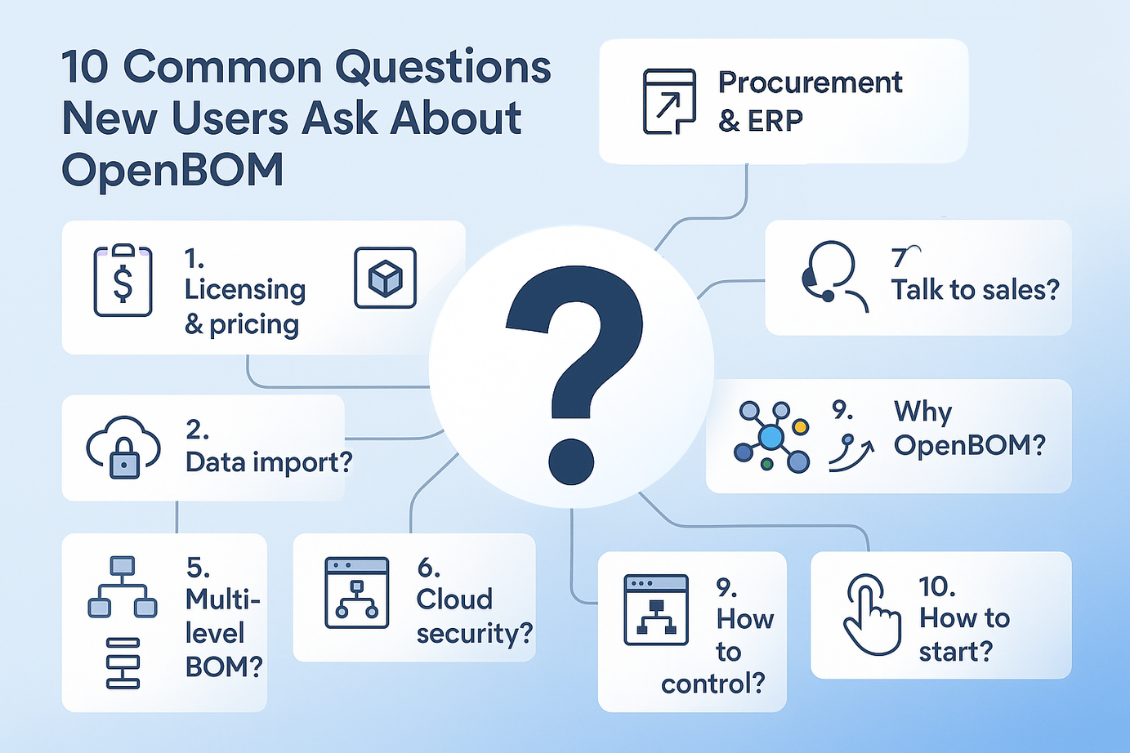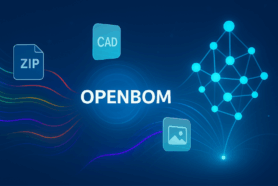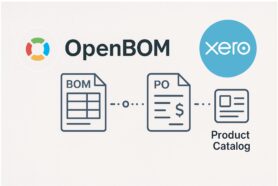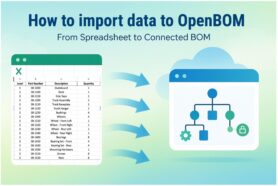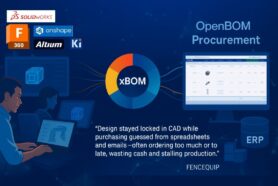
There is a strong link between the success of your company and the quality of partners who support you. This success can be captured by your company’s bottom line. This also holds true for the contract manufacturer or the supply chain partners you have in place. Successfully vetting and choosing suppliers who can support your product goals and provide extra value-added services will improve your bottom line.
To go further, collaborating with your suppliers is good business practice. Using their knowledge for part cost-down, finding alternative components, support design for manufacturing (DFM) will all improve your bottom line.
Since we know that building a strong supplier relationship is important to improving your bottom line, how do you accomplish it?
The short answer is that it takes time to build a relationship with your suppliers. The only part that leads to building on your bottom line through relationships with your suppliers is time and trust.
If you put in the time to build a relationship, you will see the following happen or can negotiate with your supplier for the following:
More Favorable Payment Terms
This will be the most obvious and the one people go to first. However, to receive more favorable payment terms you need to have established trust as a company. For example, it is easier for Nike to get much more favorable payment terms rather than a startup launching a crowdfunding campaign. If you do not have global recognition, establishing trust with your supplier is the second way to receive favorable payment terms. Here is the journey we see with small businesses establishing favorable payment terms (this is assuming there is mutual trust):
First Order:
- Downpayment of 50% paid upon placing the PO.
- Balance of 50% paid before shipment.
Sometimes the downpayment can grow to 100% depending on the circumstances.
Starting to build some trust:
- Downpayment of 30%-50%
- Balance of 50%-70% before shipping
- Sometimes a small percentage can be accepted after shipment as well
Trust is established (usually can take months or years)
The most favorable payment terms you can most likely receive will be NET90. Meaning, no down payment, you just pay 90 days after the product is shipped. The most common payment term after establishing trust will be NET 30.
Finding Alternative Parts
We are in the middle of a supply chain crunch and chip shortage. The parts and components you used last week might not be available this week. Acting quickly to find and source alternative components will be key to keep production flowing.
However, depending on your size and team specialty, can you source these components effectively? Leveraging your supply chain partner to source more cost-effective components without jeopardizing the quality of your product will help reduce your costs.
Advance Purchasing
Sometimes you are unable to source alternative components and you need to plan accordingly. Certain key components have a lead time of 25 + weeks. Since you can not wait for the supply chain crunch and chip shortage to blow over, purchasing certain components well in advance will ensure you do not run into delays or run out of stock for your product. Of course, running out of stock is the last thing you want.
Holding Inventory
Forecasting is hard and there might be unexpected spikes in demand. Running out of stock is not an option. Clients will purchase from your competitor, thus you losing out on business.
With building trust with your supplier, they might hold onto a certain amount of inventory or safety stock. If there are any unplanned spikes in demand, they are able to quickly assemble the product and ship them to you. Thus helping to eliminate running out of stock.
Breakups are Expensive
Breakups will not help your bottom line immediately. However, if your supplier is falling short to provide you with a quality product or if you feel you can receive greater value from another supplier then a breakup might be necessary. However, breakups are expensive and they take time and planning.
You will need to develop trust with the new supplier, create prototypes with them, create new tools (usually that’s the case), invest manpower into overseeing the change, and more. These costs add up. However, if you are confident your bottom line will be more attractive after this switch then a break up might be necessary.
How OpenBOM Can Help?
OpenBOM improves the process of how you work with your CM, contractors, colleagues, and other team members. We provide you with the capabilities to seamlessly manage your parts, vendors, bill of materials, purchase orders, and change orders. All BOM, engineering and manufacturing information is stored in the cloud which you can share with anyone.
Register for FREE to create your OpenBOM account and reach out to us via support @ openbom dot com if you have any questions.
Regards,
Jared Haw
Join our newsletter to receive a weekly portion of news, articles, and tips about OpenBOM and our community.

